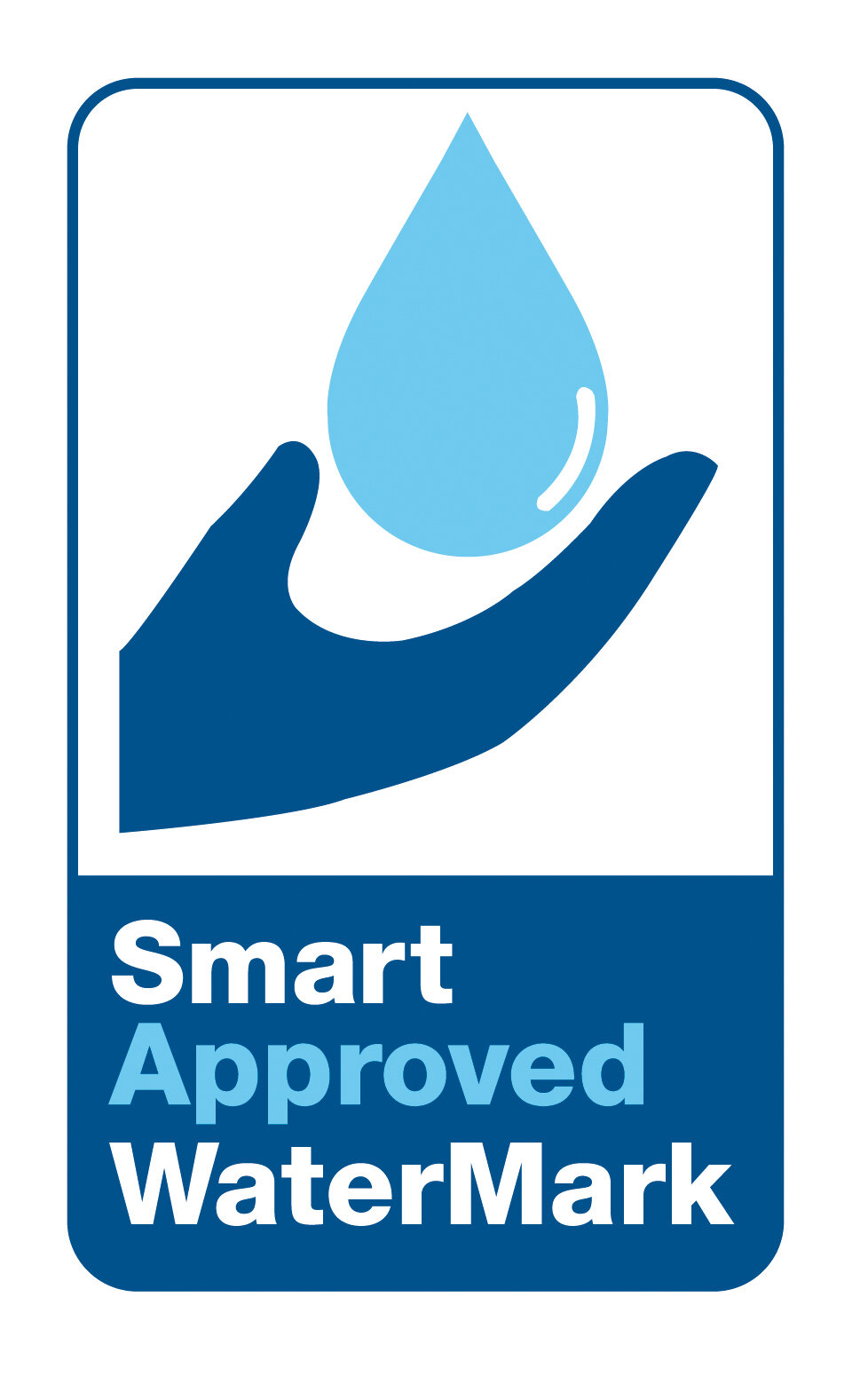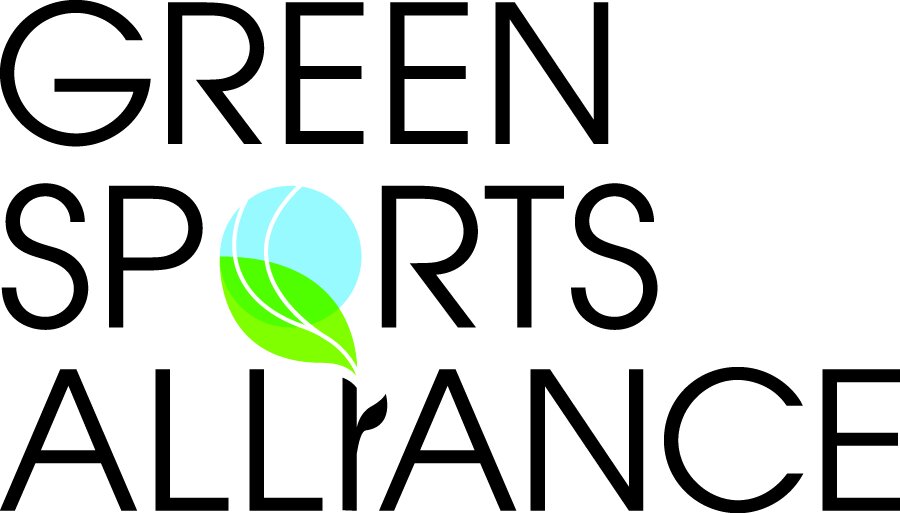Vista, CA - Cape Town, South Africa is approaching Day Zero.
Day Zero is when there will be no water left for its four million citizens. All taps in homes and businesses will be turned off .
Why?
The city has essentially run out of water as a result of an unrelenting three-year drought, considered the worst in more than a century.
Unless a rainfall event happens soon or some system is developed to bring water to the city, Day Zero could be declared as early as March of this year.
Already, city officials are preparing for a public health disaster and social unrest.
However, even though Cape Town residents are well-aware of their dire situation, some citizens continue to use water foolishly, for instance washing their cars.
When this happens and police are called in, these people are fined, some arrested, and their buckets and sponges are confiscated as if they were illegal drugs.
Residents are allowed to use only 13 gallons of water per person, per day. In the U.S., we use on average 66 gallons of water per person, per day.
Many believe climate change is behind this. Countries near the North and South poles are feeling the impacts of climate change more than other parts of the world.
“Cape Town already has very strong environmental policies in place,” says Klaus Reichardt, CEO, and founder of Waterless CO manufacturers of waterless urinal systems. “They are also ahead of much of the world when it comes to effective water management.”
Will Day Zero happen in the US?
In fact, we almost did reach Day Zero when Northern California nearly ran out of water in the late 1970s. And in the late 2000s, Atlanta only had about a three-month supply of water left, also due to a severe drought.
To prevent Day Zero from occurring here, Reichardt says, “We need to take steps now to improve water management, rebuild water infrastructure, and install more devices that use little or no water.”





















